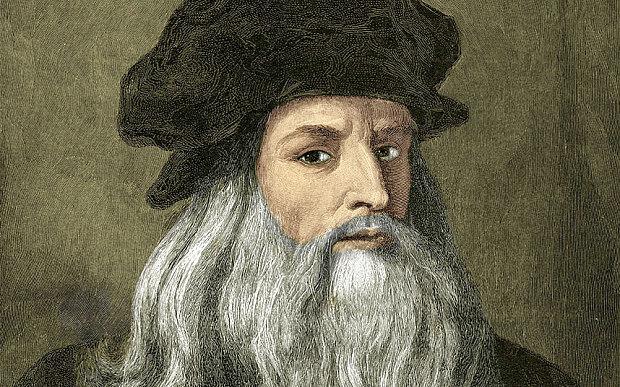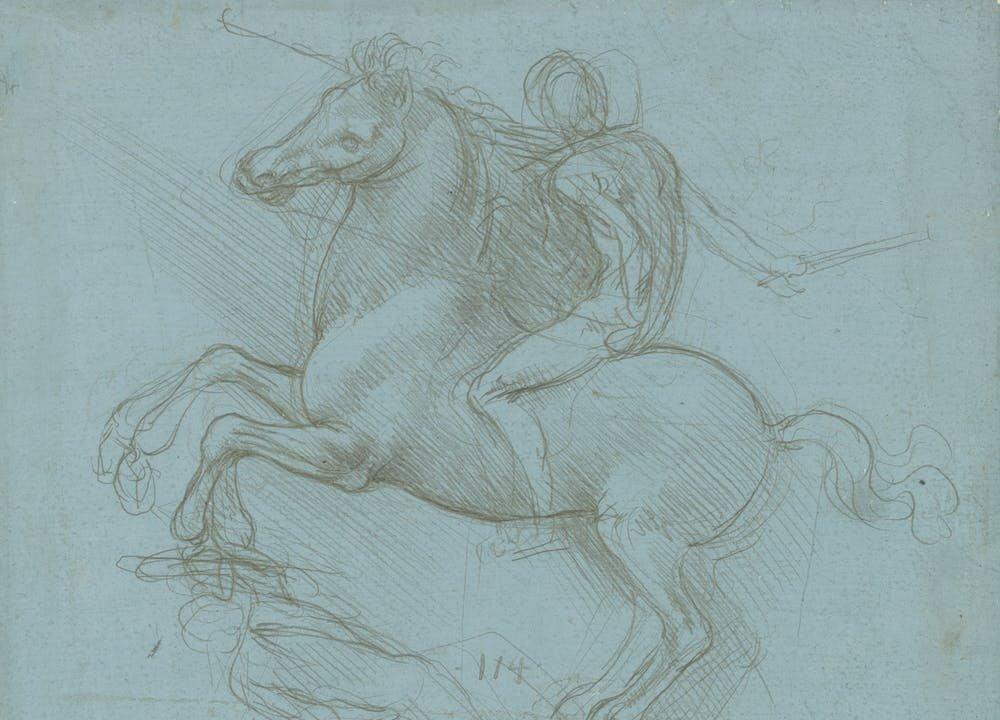Leonardo da Vinci may have been ahead of the curve in aerodynamics, anatomy and mechanics, but he also possessed an incredible foresight for another modern staple: cat obsessions.
In some of the last years of his life, Leonardo sat down, perhaps at his desk, perhaps on the street, took out his pencil and absent-mindedly sketched a cat. The resulting drawing is of not just one, but over a dozen of them, grooming, playing and fighting each other, with a couple of stalking lions thrown into the mix and to top it all, a slinky little dragon sinuously twisting backwards and baring its teeth. Evidently he appreciated them for their personalities and characteristics: not such a jump from cat doodles to the ubiquity of cats on social media today.

Leonardo da Vinci, Cats, lions, and a dragon c.1513-18. Pen and ink with wash over black chalk. Royal Collection Trust/© Her Majesty Queen Elizabeth II 2016


